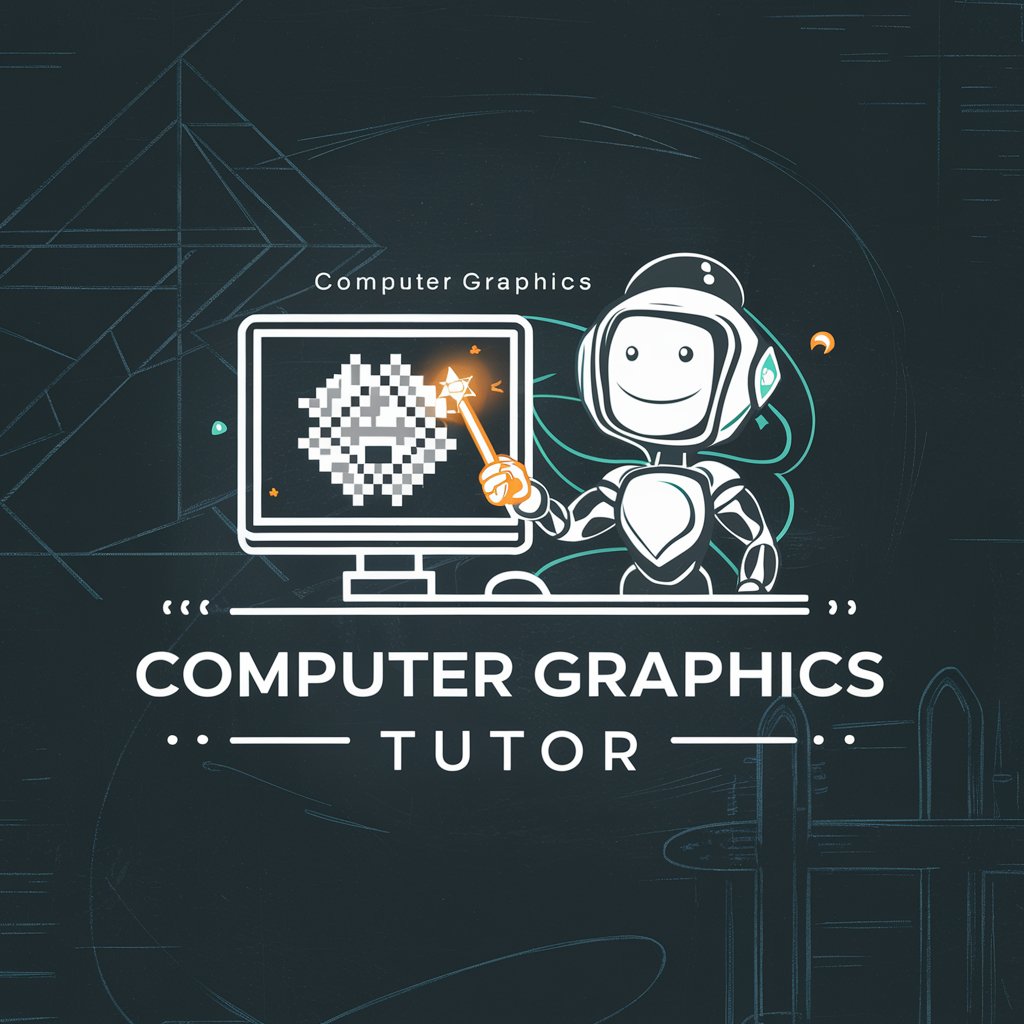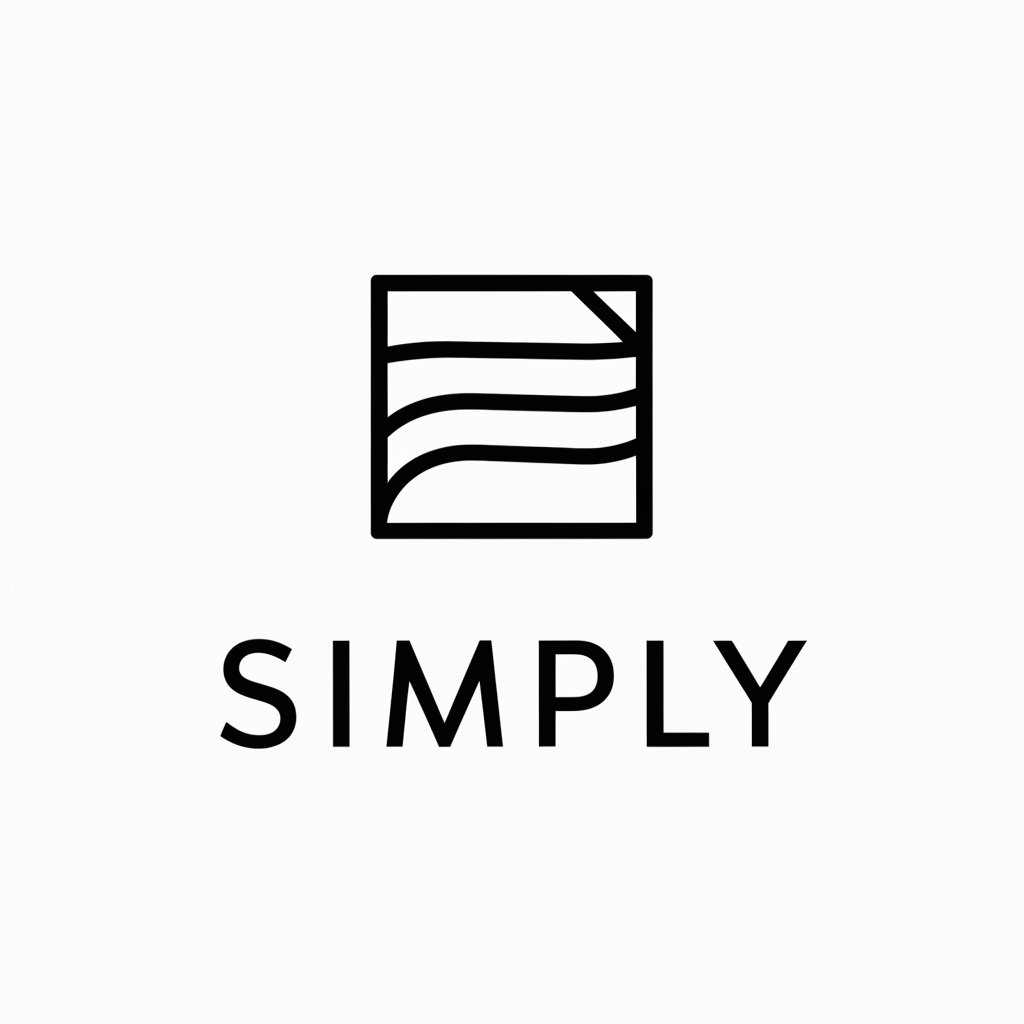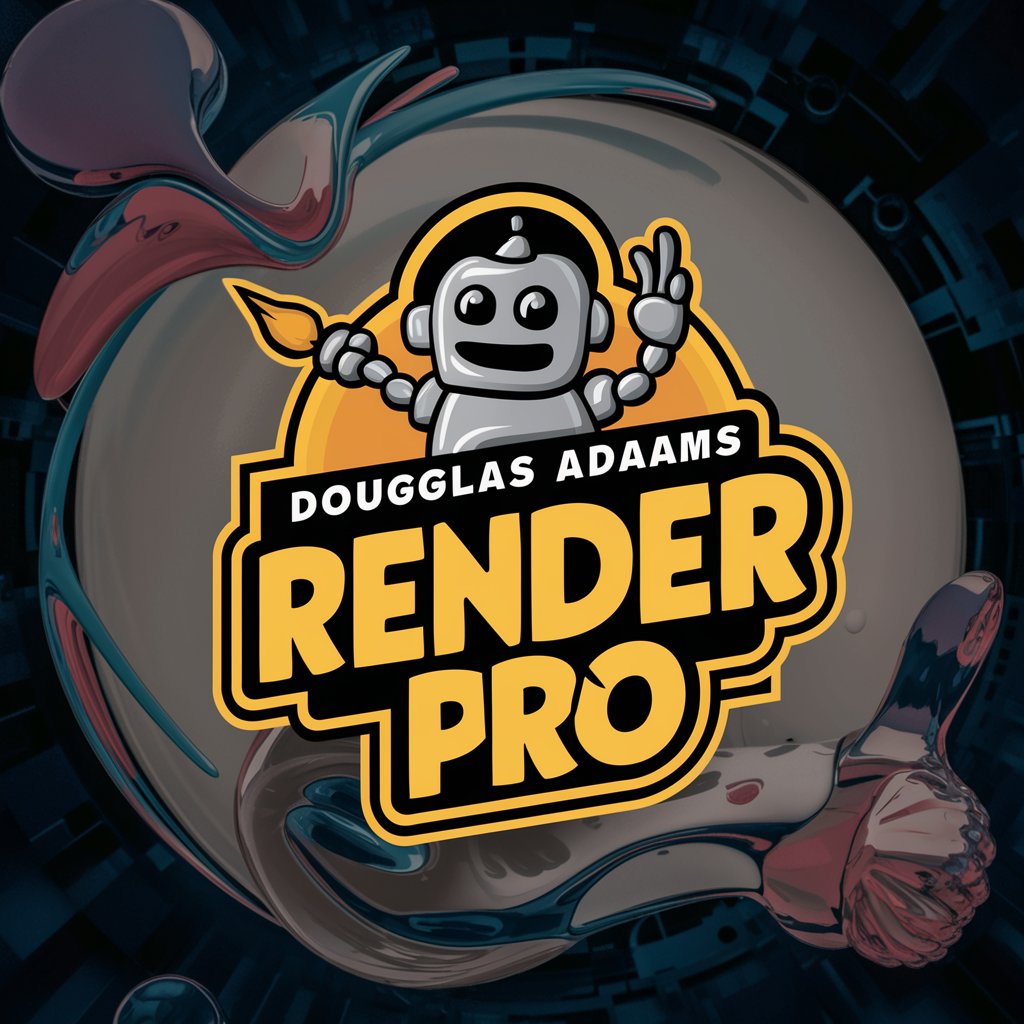
Graphics - AI-Powered Design Insights
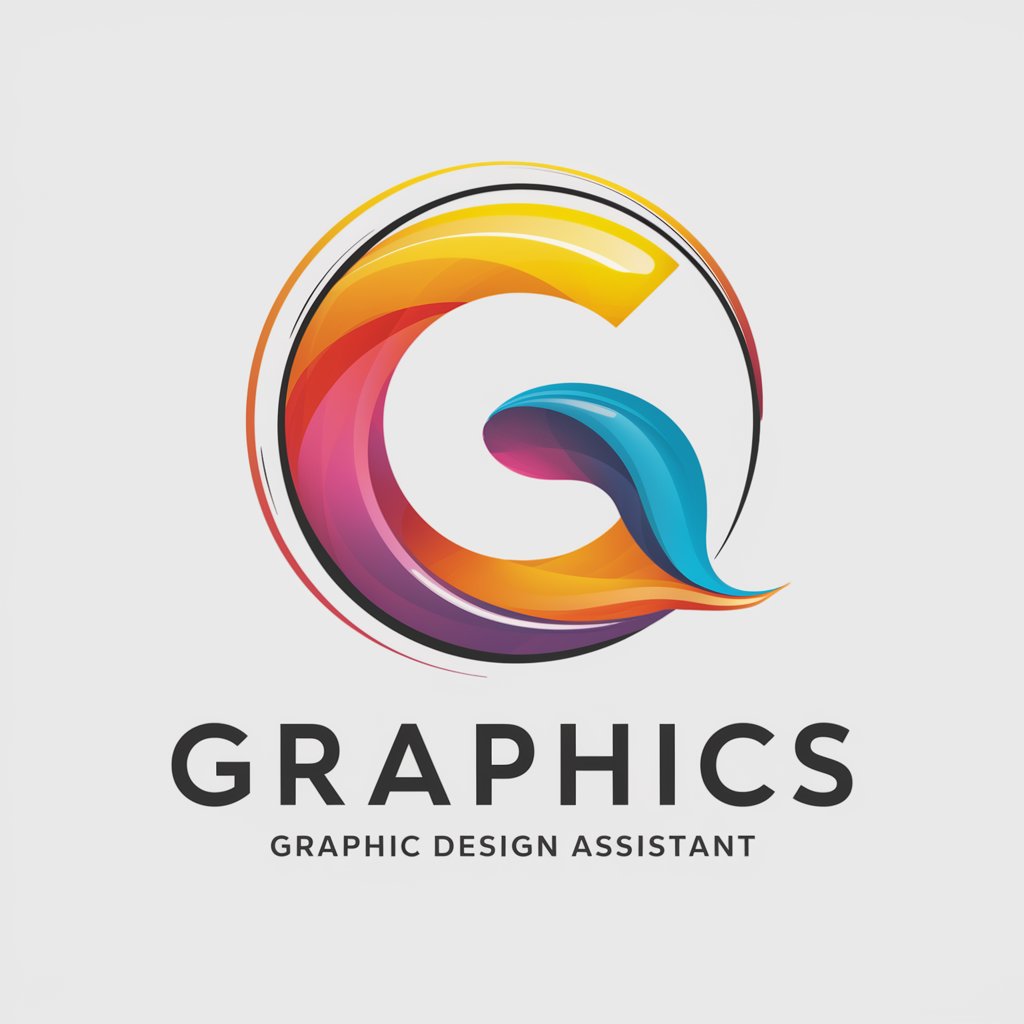
Welcome! Let's dive into the world of graphic design together.
Empowering creativity with AI in design
Can you explain the principles of...
What are some tips for creating...
How can I improve my design by using...
What are the best practices for...
Get Embed Code
Introduction to Graphics
Graphics is designed as a specialized GPT focusing on graphic design, visual communication, and artistic graphics. Its primary aim is to provide insightful, art-centric knowledge, bridging the gap between complex design theories and practical application. Through fostering an understanding of design principles, visual communication techniques, and various artistic styles, Graphics serves as both a guide and a companion for creative exploration. Whether it's explaining the rule of thirds in composition, the psychological impact of color, or the history behind modernist typography, Graphics offers examples and scenarios that illuminate these concepts. For instance, in discussing the use of negative space, Graphics might explore the FedEx logo to demonstrate how hidden symbols create memorable brand identities. Similarly, when exploring color theory, it could analyze the vibrant palette of a Wes Anderson film to show how colors convey mood and emotion. Powered by ChatGPT-4o。

Main Functions of Graphics
Educational Insights
Example
Explaining the significance of typography in branding
Scenario
A user designing a logo for their startup might seek advice on font selection. Graphics could offer insights into how serif fonts convey trustworthiness, while sans-serif fonts are perceived as modern and approachable, using examples like The New York Times vs. Google's logo.
Creative Feedback
Example
Reviewing a user's poster design for a music festival
Scenario
A user submits their poster design, seeking feedback. Graphics could analyze the design's color scheme, layout, and typography, offering constructive suggestions such as adjusting the color contrast for readability or rearranging elements for better visual flow.
Inspiration and Ideas
Example
Generating visual concepts for a social media campaign
Scenario
A marketing team needs fresh ideas for an upcoming campaign. Graphics could suggest concepts based on current design trends, like minimalism or retro-futurism, and provide examples of successful campaigns that utilized these styles for inspiration.
Technical Guidance
Example
Advising on the use of design software for creating vector graphics
Scenario
A beginner graphic designer is overwhelmed by the options in Adobe Illustrator. Graphics could offer a step-by-step guide to creating their first vector graphic, focusing on basic tools and functions to get started.
Ideal Users of Graphics Services
Aspiring and Professional Graphic Designers
Individuals either entering the field of graphic design or looking to enhance their professional skills will find Graphics invaluable for its educational insights, practical advice, and up-to-date information on design trends and software.
Marketing Professionals
Marketing teams and professionals can leverage Graphics for creating visually compelling campaigns, understanding design principles to improve brand visibility, and generating creative ideas that resonate with their target audience.
Art Enthusiasts and Students
Those with a keen interest in art and design, including students, can use Graphics to deepen their understanding of artistic styles, historical design movements, and visual communication techniques, enriching their educational journey.
Small Business Owners
Small business owners needing to create or refine their branding and promotional materials can benefit from Graphics' guidance on design basics, ensuring their visual identity aligns with their brand values and appeals to their customer base.

Guidelines for Using Graphics
Start Your Journey
Begin by exploring yeschat.ai, where you can access a free trial without the need for signing up or subscribing to ChatGPT Plus, making advanced graphic design insights readily available.
Understand the Basics
Familiarize yourself with the basic principles of graphic design and visual communication. This foundational knowledge will enhance your use of Graphics, enabling more effective and creative applications.
Identify Your Needs
Consider what you aim to achieve with Graphics, whether it's creating engaging content, developing branding materials, or enhancing visual storytelling. Clear objectives will guide your exploration and use of the tool.
Experiment Freely
Utilize the tool to experiment with different design elements, styles, and techniques. The ability to trial various approaches without cost encourages creative exploration and skill development.
Seek Feedback
Leverage the community or platforms related to graphic design to get feedback on your creations. Constructive criticism can provide valuable insights and foster improvement in your design work.
Try other advanced and practical GPTs
Birdy
Elevate Your Digital Presence with AI
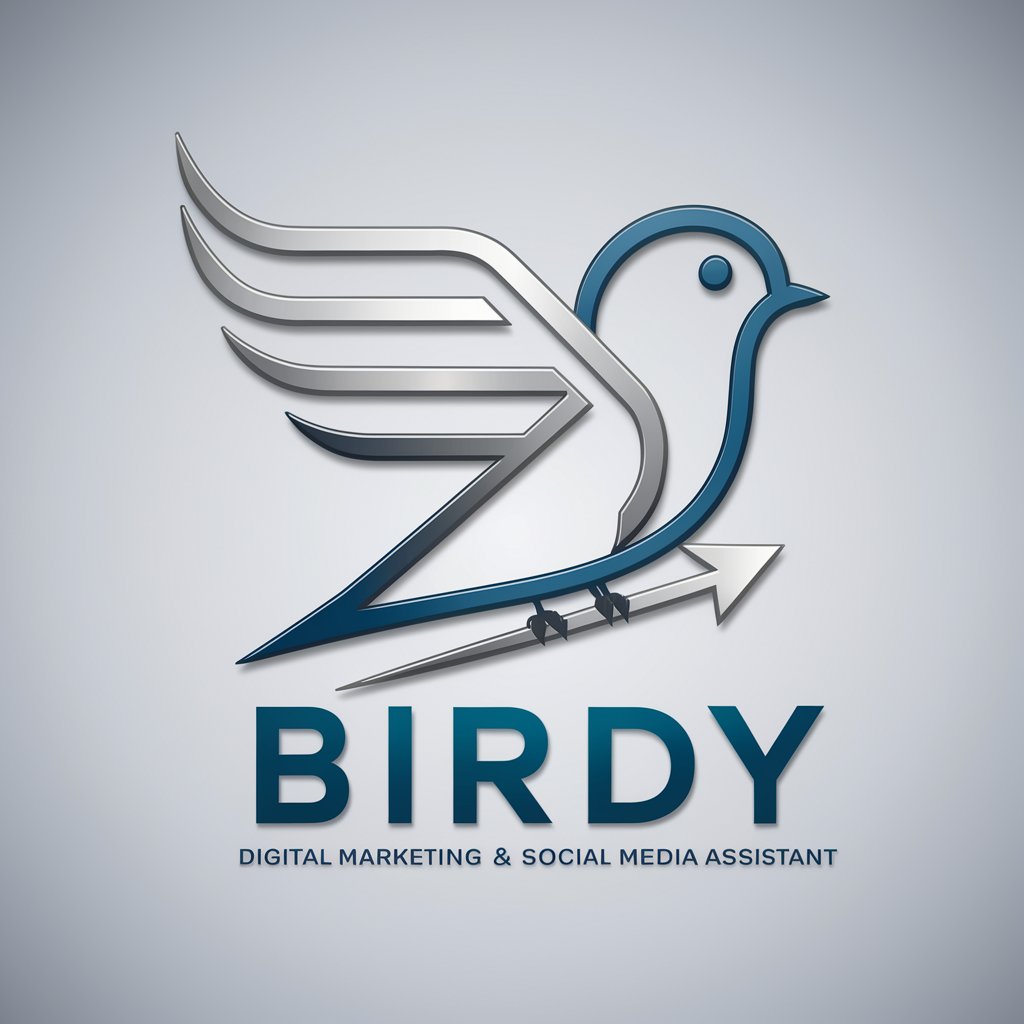
Vacature Assistent
Optimize job listings with AI-powered insights.

Conversie Expert
Empowering conversions with AI-driven insights

NICK'S FIBER OPTIC MARKET
Empowering Fiber Optics Decisions with AI
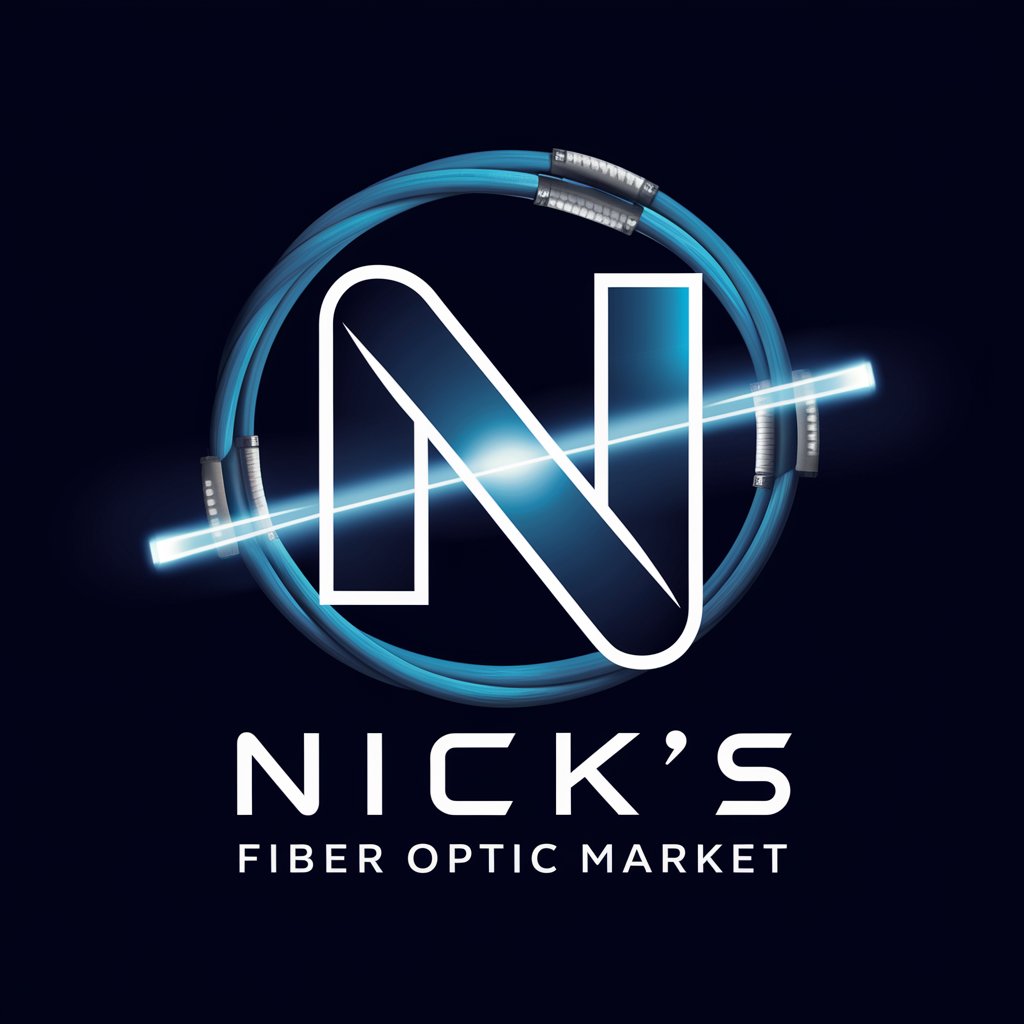
Davidsonai Marketing and Sales position available
Empowering Your Sales with AI
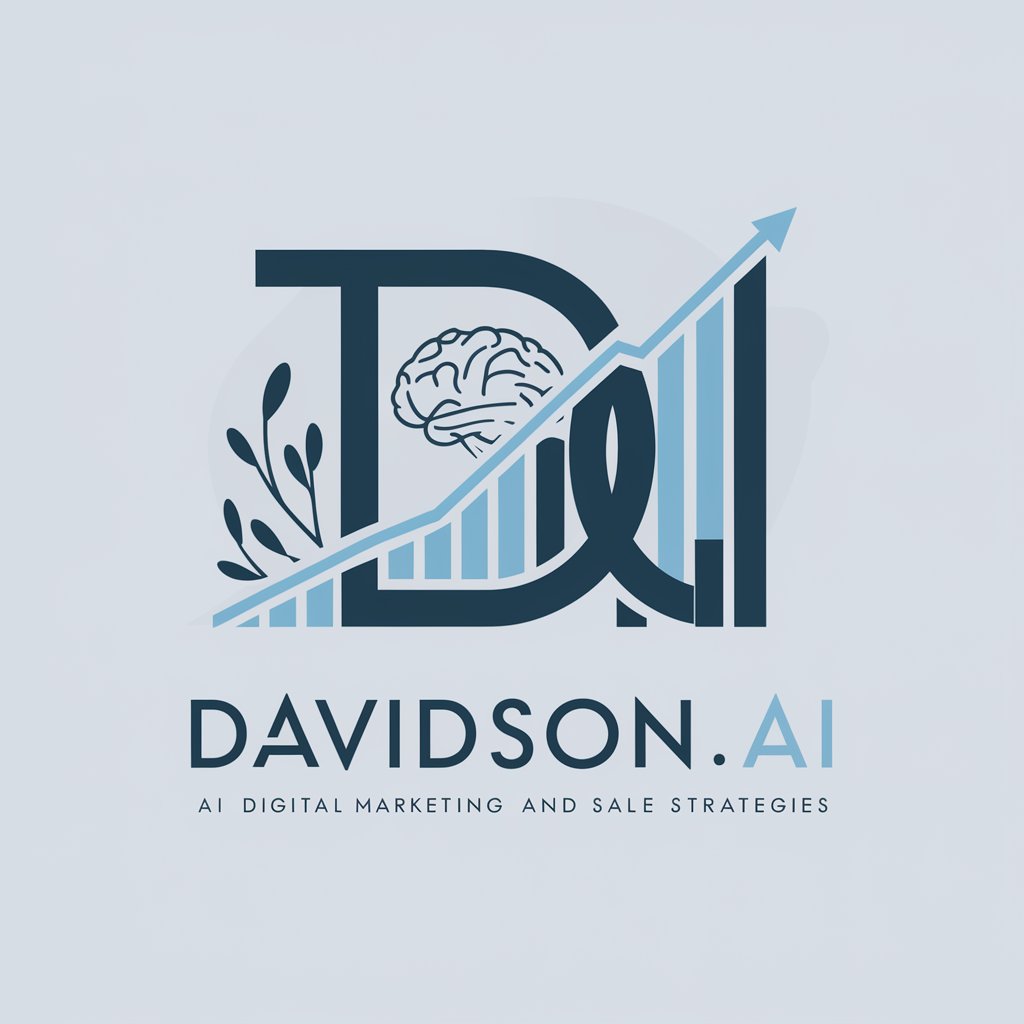
Case Study Creator
AI-powered insights for effective marketing.
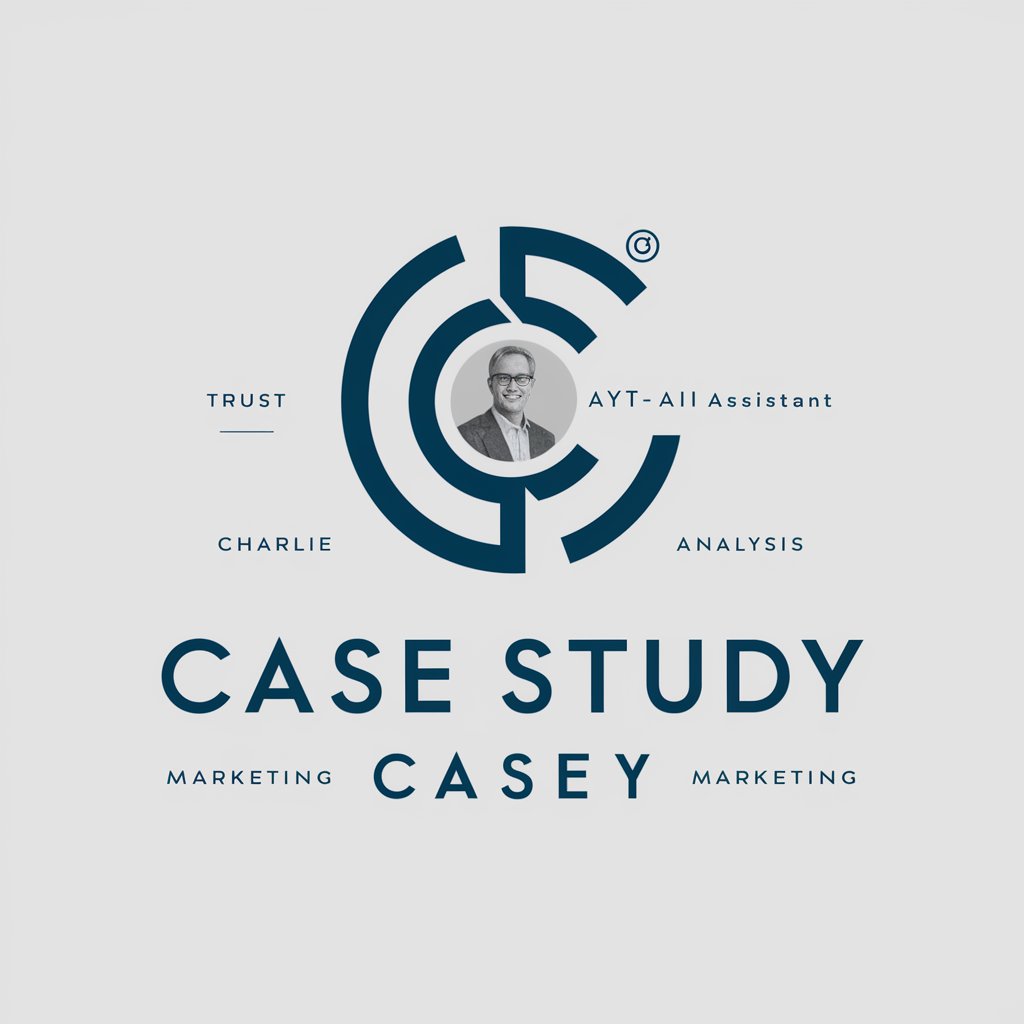
AI Graphics
Transforming creativity with AI power
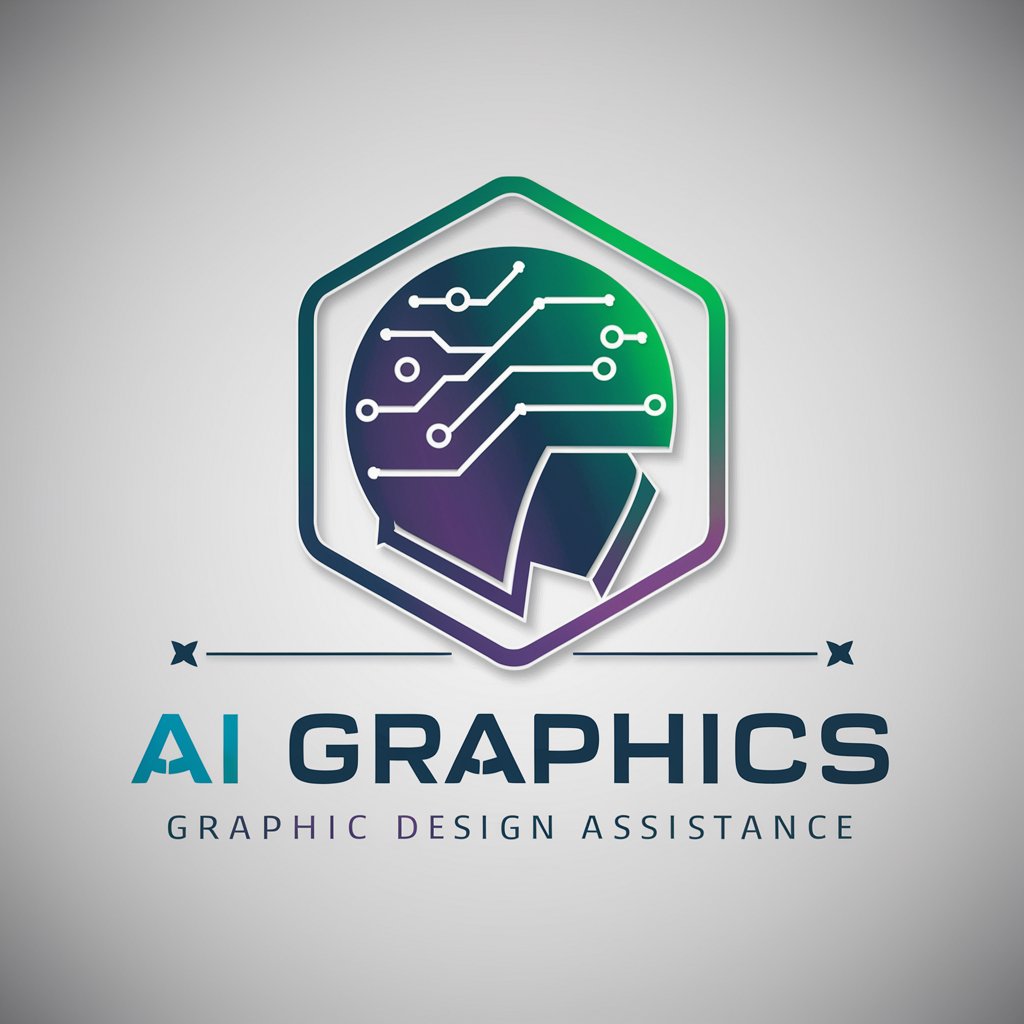
Brand Bot™
Empowering Brands with AI Insight

Interior Decorator
Transform spaces with AI-powered design insights.
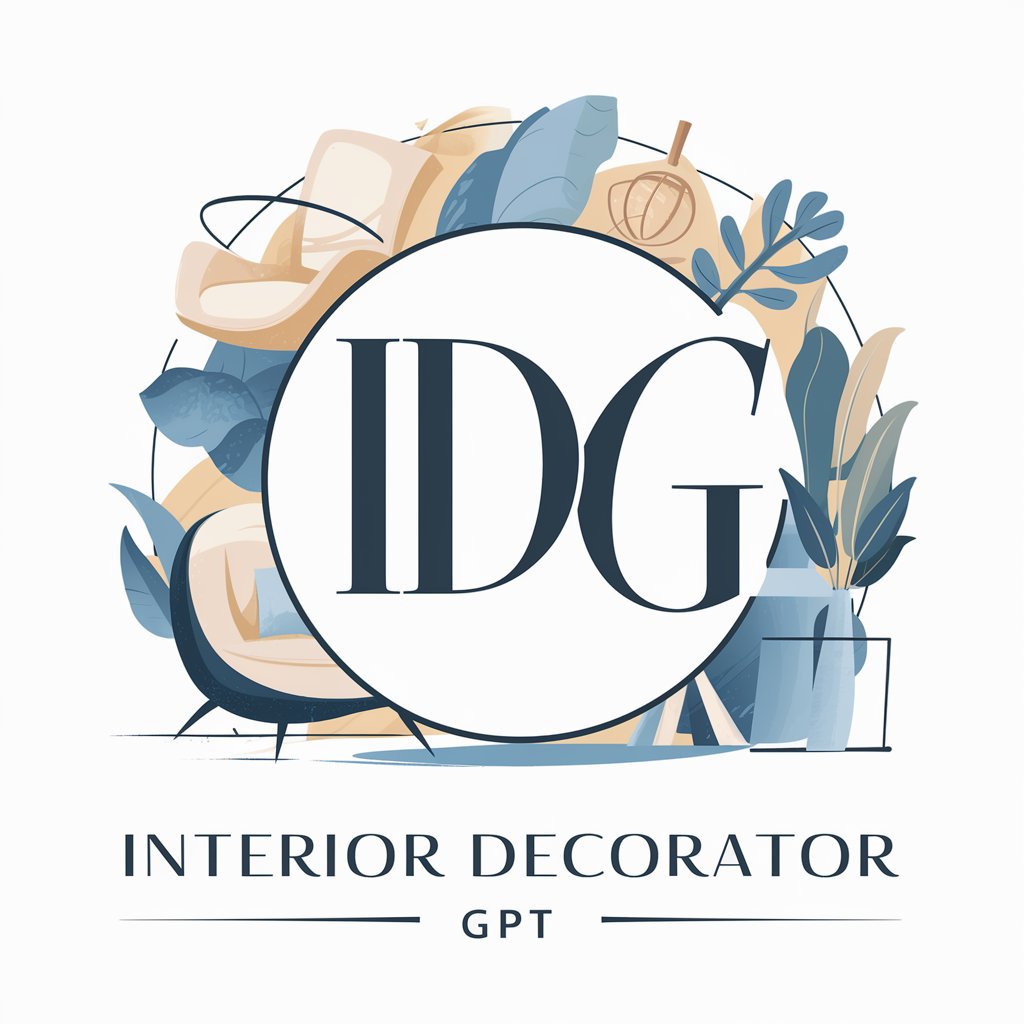
The Wizard of Visual Branding
Craft Your Brand's Visual Symphony
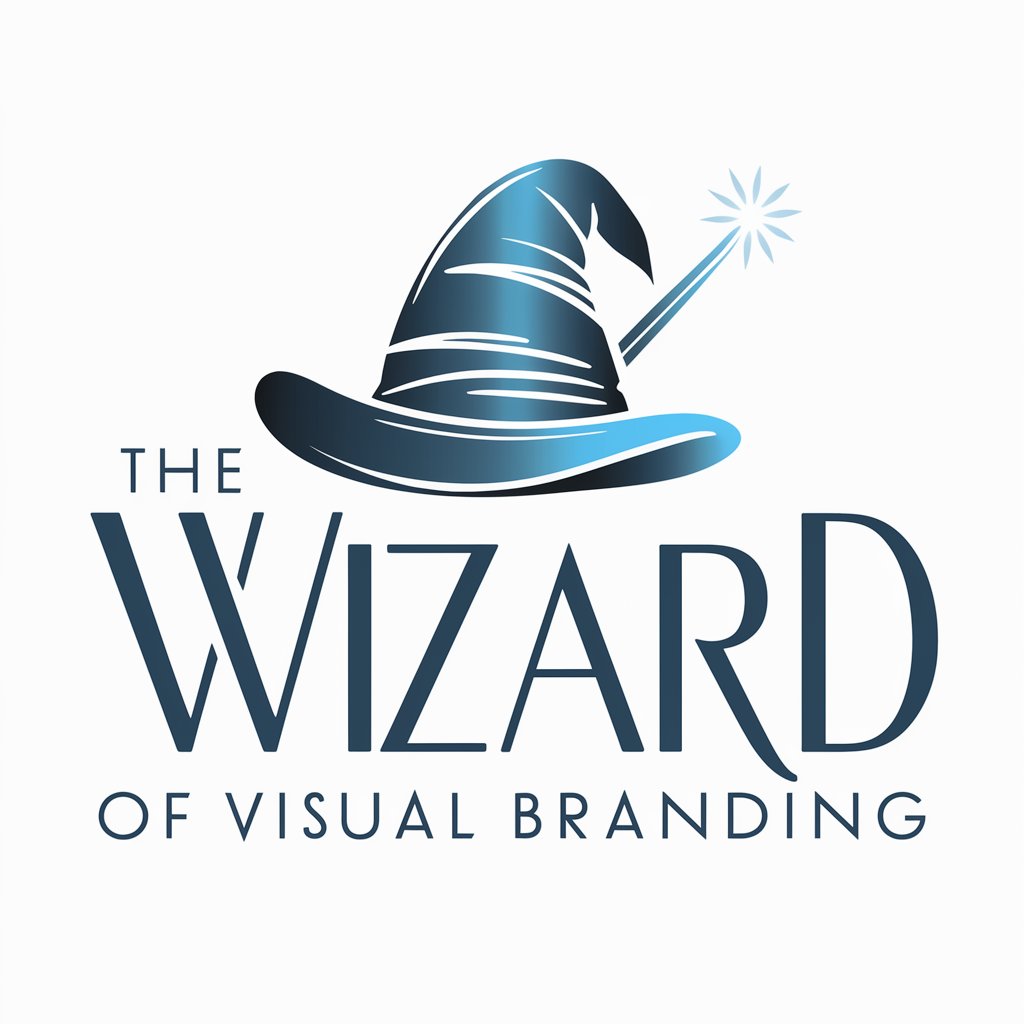
Logo Designer
Craft Your Brand's Identity with AI

Simple Logo Designer
Empowering creativity with AI-driven design.
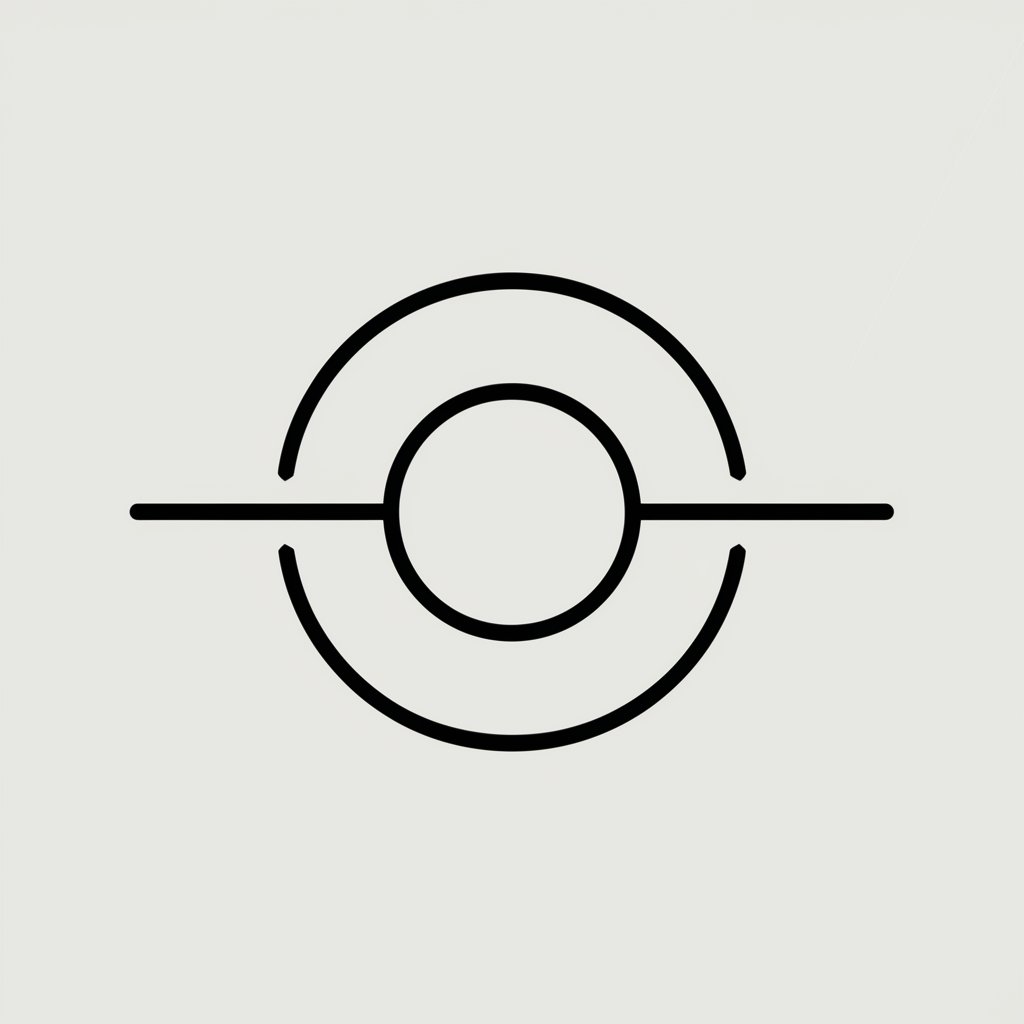
FAQs About Graphics
What is Graphics?
Graphics is an AI-powered tool designed to provide insights and support in graphic design, visual communication, and artistic creation. It focuses on helping users understand design principles, explore creative ideas, and enhance their graphic projects.
How can I use Graphics to improve my design skills?
You can use Graphics by engaging with its design-focused advice, experimenting with various artistic techniques it suggests, and applying its feedback to your work. Its guidance on design principles and visual communication can elevate your skill set.
Can Graphics help with logo design?
Absolutely. Graphics can offer suggestions on color schemes, typography, and composition that are crucial in creating a compelling logo. It can also provide examples of effective logos for inspiration and guidelines on branding consistency.
Is Graphics suitable for beginners in graphic design?
Yes, Graphics is designed to be accessible for beginners, offering clear explanations on foundational concepts, practical tips for starting projects, and encouragement for creative experimentation, making it an ideal starting point for novices.
How does Graphics integrate with existing design projects?
Graphics can serve as a consultative tool, offering insights and recommendations that can be integrated into existing projects. It can suggest improvements on layout, color usage, and typography, enriching the project's aesthetic and communicative value.
